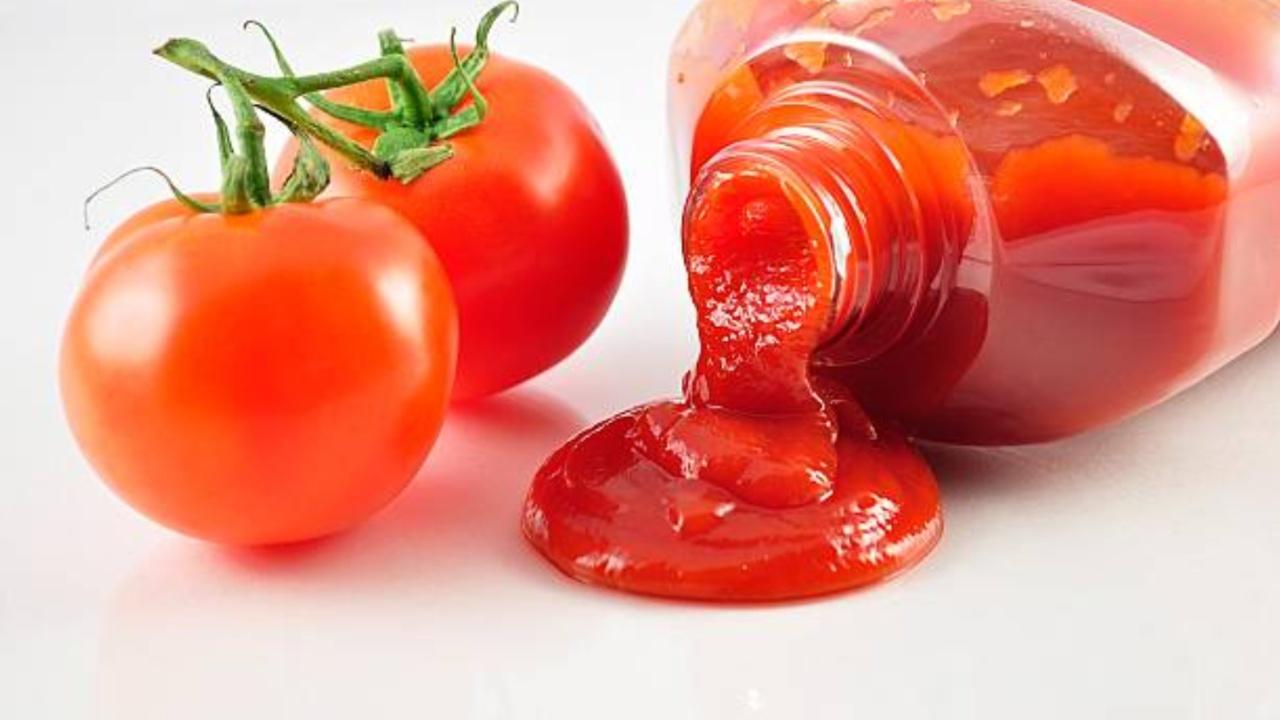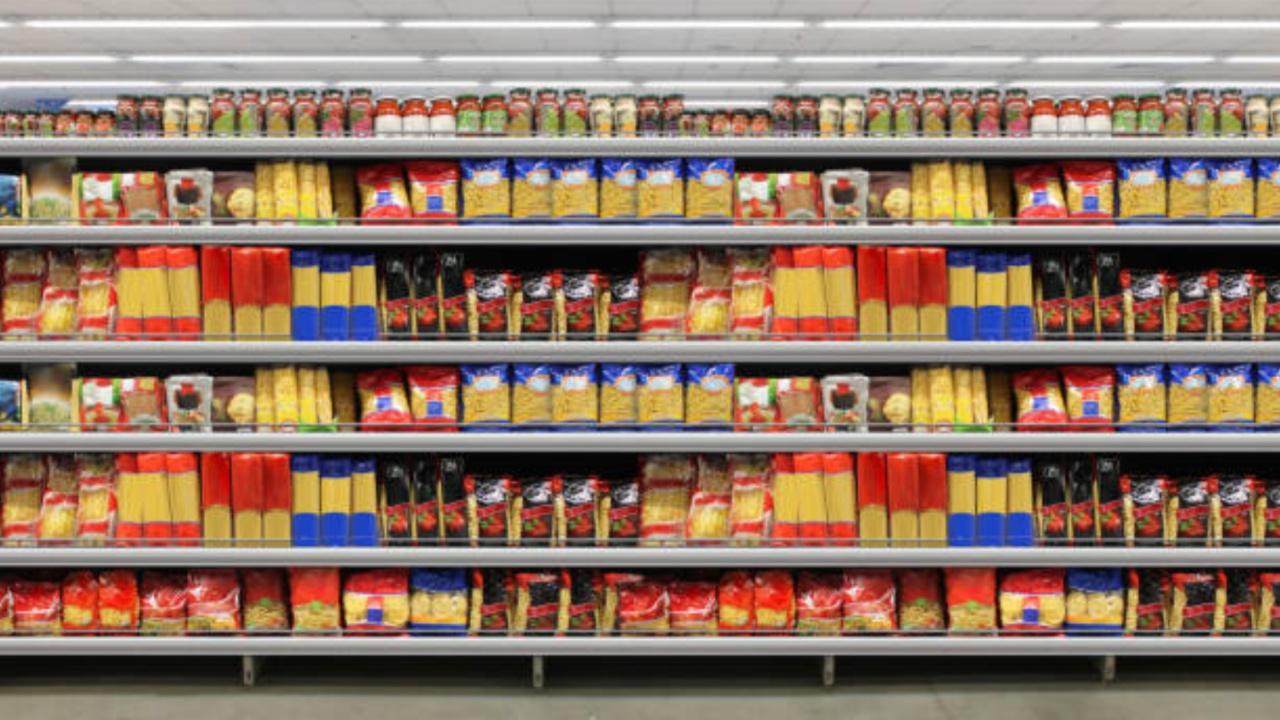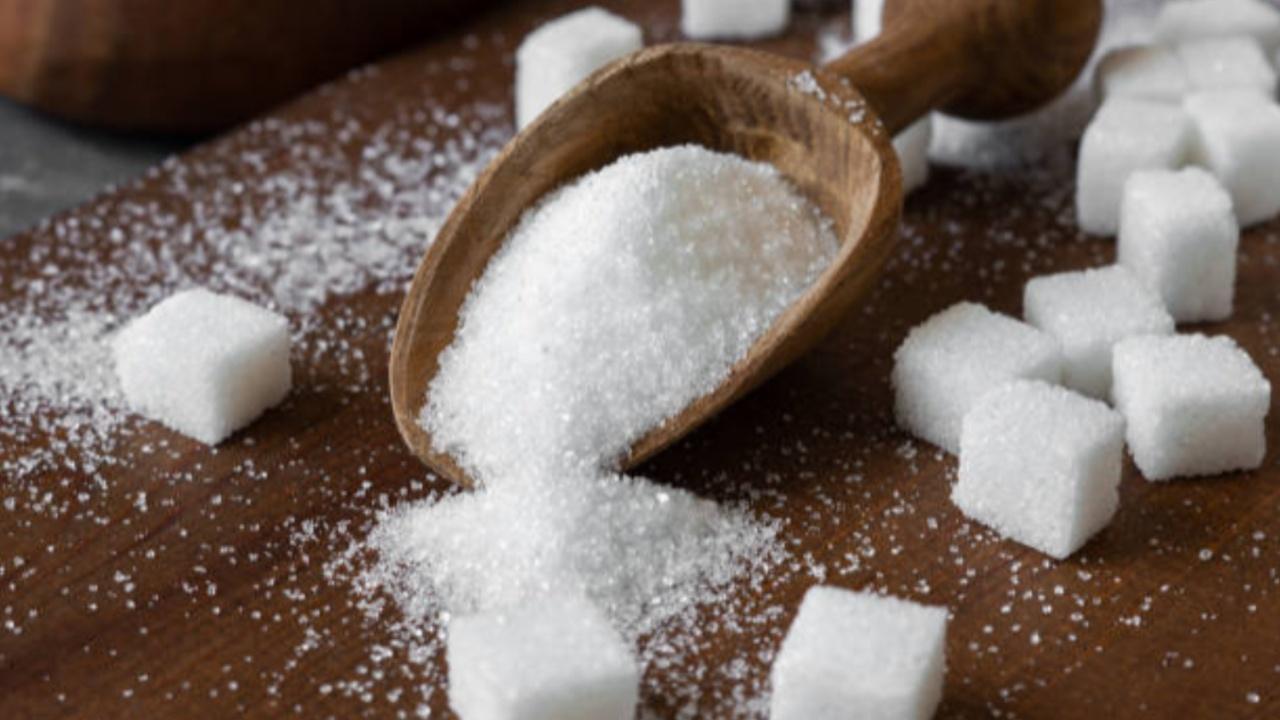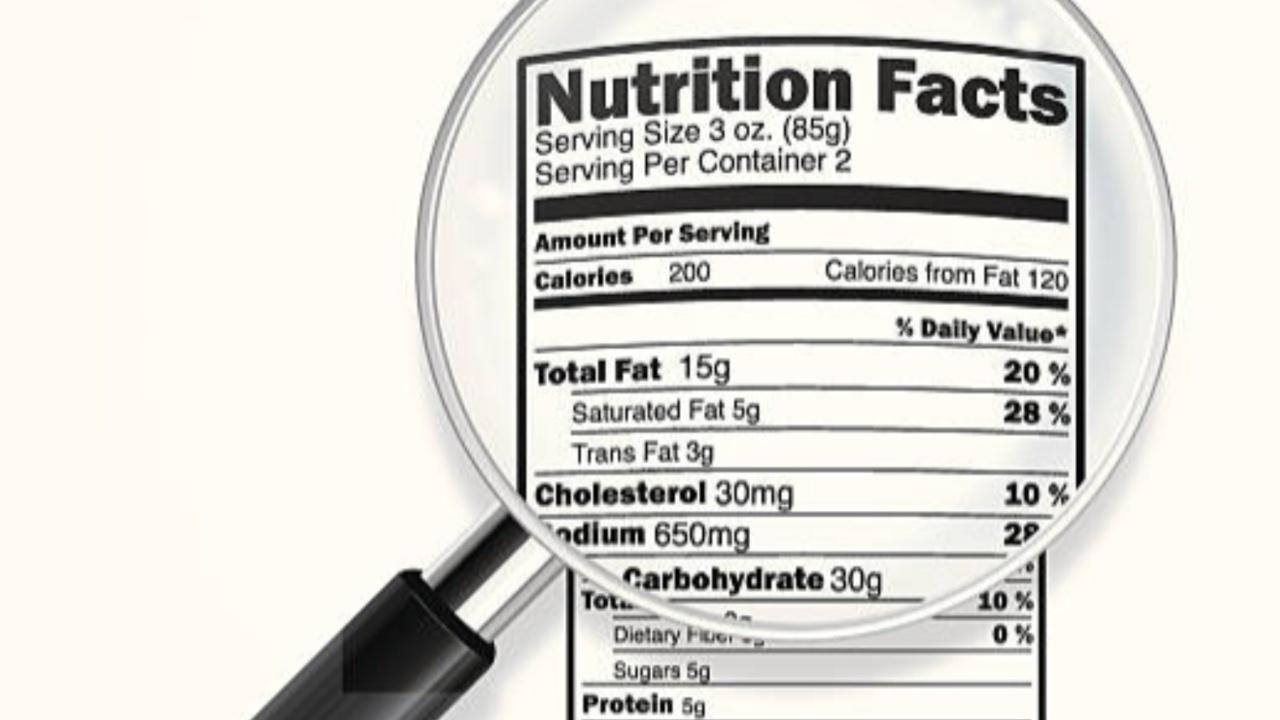Packaged food we eat is blatantly lying to us about being healthy: Revant Himatsingka aka Food Pharmer
On his Instagram handle titled Food Pharmer, which has a following of over one million, 31-year Revant Himatsingka educates people on the hazardous impacts of consuming packaged foods in excessive amounts and how to read food labels to make healthy choices
Updated on : 01 December,2023 08:31 AM IST | Compiled by : Aakanksha Ahire
This Kolkata-based young Indian has studied nutrition at New York University and is the author of a book titled ‘Selfienomics: A Seriously Funny Guide to Living the Good Life’. Photo Courtesy: Revant Himatsingka

It is only natural for consumers like you and me to pick a product by looking at the front side of the packaging. For example, most products like bread or biscuits, as mentioned in this content creator’s video might claim to be wheat-based or multi-grained but have more amount of white flour or maida in it. Similarly, ketchup brands claiming to be made from farm-fresh tomatoes might not even have tomatoes. The same is true with fresh juices that might just have fruit flavour instead of actual fruit juice.

“It is important to educate consumers about the food they are consuming as healthy. Since there is a lot of misinformation and marketing tactics at play, it is easy for consumers to fall prey to it,” says Himatsingka.

This 31-year-old makes videos engaging for the audience by keeping them short, using simple terminologies and adding humour. His short informative videos have brought to the limelight false information and helped many Indians switch to healthier choices.

To be able to counter the evil of packaged foods, it’s essential to read food labels. Himatsingka says, “Today, being able to read food labels is an even more important skill than coding.” Besides speaking about brands selling unhealthy packaged food, Food Pharmer also educates his audience on how to read food labels and pick better alternatives.

He says, always turn around the packet and check for ingredients. Brands can make any claims on the front packaging to entice buyers. The ingredients are mentioned in order of weight. The one mentioned at the top will be present in the product in the highest quantity. The ingredients will be mentioned in the order of their quantity.

Make sure that sugar, white flour or maida and palm oil are not on the first four places on the list. If they are placed first, it means the product is unhealthy and should be avoided.

Avoid products in which the names of the ingredients are unheard of or complicated to understand and pronounce. These are usually the harmful ingredients although this always might not be the case.

Also, check the nutrition labels of products. For example, if you are buying a protein bar that claims to be high in proteins, check how much protein quantity it holds. Some mention having just four grams of protein while a human body requires more protein.

Check for the expiry date of the product. Most people opt for a product whose expiry date is longer. That is the wrong practice. The longer the expiry date, the more preservatives it will (usually) have. Avoid such products.
Photos Courtesy: iStock





